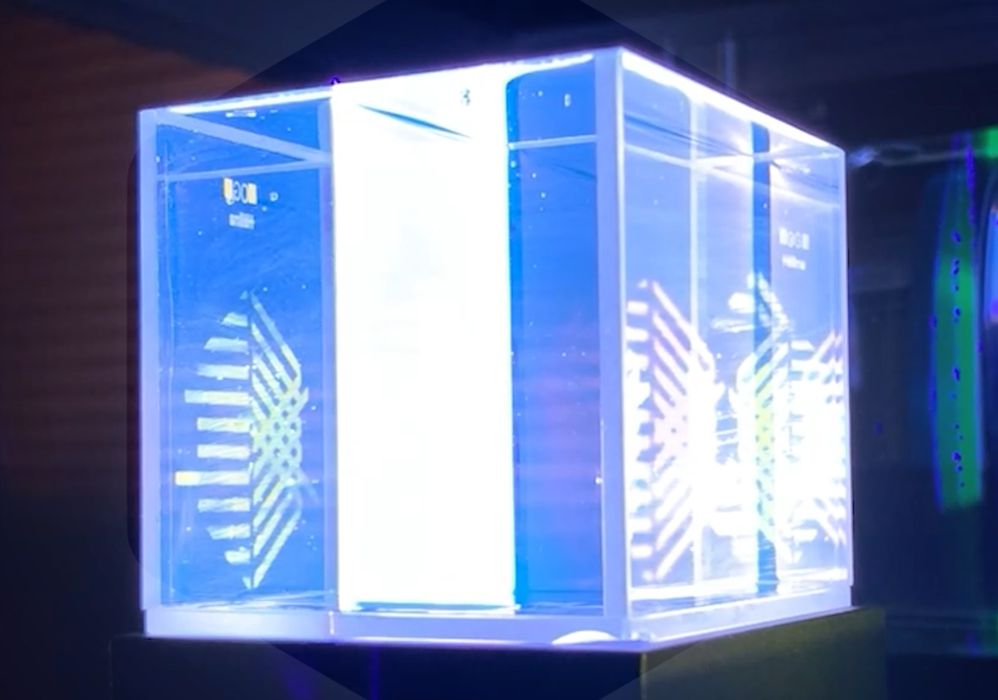
Researchers have identified an incredible approach for ensuring print quality for rapid prototyping.
Rapid prototyping is the process of developing a new part or product using 3D printing. This was the first widespread use of the technology, as it greatly sped up the process of producing prototypes over conventional methods.
Rapid prototyping is still a major use case for 3D printing today, although there are increasing uses in the end-use part manufacturing sectors.
However, it seems there is a growing problem in the rapid prototyping space: time.
Sure, 3D printing sped up the process, but another effect is now beginning to appear as a result of advancements in 3D printer technology.
One of the key improvements in recent times has been the introduction of higher speed 3D printers. These will soon swamp the market, and this has an effect on the rapid prototyping workflow. While the printing will be faster, the rest of the rapid prototyping process remains the same.
A major part of the rapid prototyping workflow is metrology, where the part is carefully examined after production to ensure it has the correct geometry and dimensions. With the latest 3D printer advancements, this portion of the workflow is taking up a far larger percentage of the execution time.
This issue will be strongly exacerbated when volumetric 3D printers begin to appear in a few years. Volumetric 3D printing is a new resin process in which the entire object is solidified at once, rather than the conventional layer-by-layer approach. This leads to very dramatic increases in print speed. Volumetric 3D printing experiments have shown it possible to produce objects in minutes — or even seconds.
When that day arrives, the rapid prototyping production workflow will be almost entirely composed of metrology, greatly slowing the process and effectively negating the speed advances of the 3D printers.
This is the problem tackled by the researchers from the National Research Council of Canada.
They realized that it might be possible to measure the 3D printed object while it is being produced, instead of tediously measuring it after production. In this way, the metrology and printing together would take place at the speed of the printer.
How is this done? It comes back to volumetric 3D printing.
Volumetric 3D printing involves a kind of reverse CT scan, where instead of taking images from all around a subject, the images are projected into a rotating vat of resin. Over time (a very short time) certain regions of the resin absorb sufficient energy to polymerize. This allows the process to produce an object all at once at record speeds.
The researchers noted that the light scattering changes dramatically when the resin polymerizes, and sought to leverage this for measurement.
Their approach is to not only project images during volumetric printing, but also capture images of the high-contrast polymerized material. Evidently this can be done with considerable precision.
This allowed their software to reconstruct the 3D geometry of the emerging shape and compare it to the desired geometry. In other words, they were performing metrology on the part as it was being printed.
This is an incredible development that will almost certainly be used in future volumetric 3D printers to ensure high quality parts are continually produced.
The effect on rapid prototyping workflows cannot be understated: it means prototypes would be produced near instantly, and be pretty much guaranteed to be as requested. This in turn will lead to more and better products as manufacturers leverage the new prototyping speed.
But do we have to wait for volumetric 3D printing for these benefits? It turns out that the researchers believe that their approach could also work with several current 3D printing processes. They explain:
“We note that although we describe a tomographic system in this paper, the general approach of scattered-light imaging by a resin during gelation may also be applied to continuous and discrete layer-wise AM techniques such as continuous liquid interface production (CLIP), inhibition patterning, Xolography, two photon photopolymerization, SLA and DLP.”
This technology could then be used to speed up production of high quality parts on many types of existing processes, so long as manufacturers integrate this approach into their equipment.
Via Science Direct (Hat tip to Tuan)
